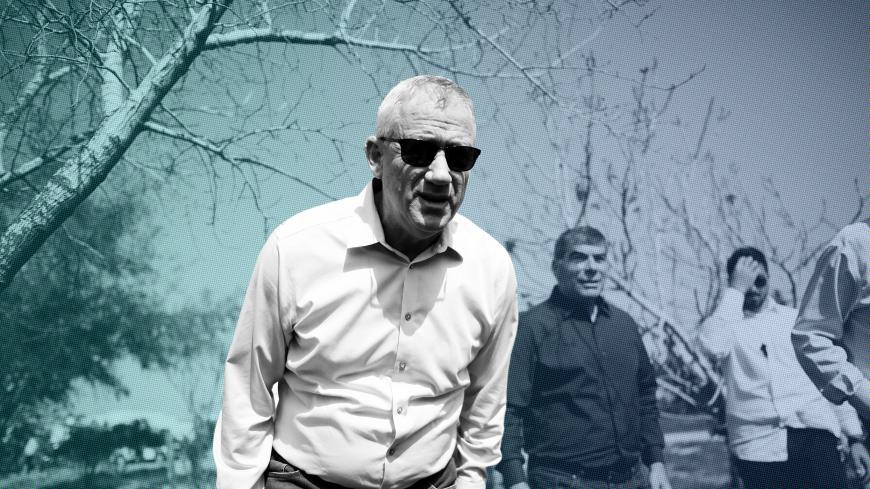The two rockets fired on the evening of March 14 from the Gaza Strip shook up Tel Aviv and its neighbors and veered the media coverage away from the troubles plaguing the Blue and White Party. An hour earlier, the Channel 12 news broadcast started with a dramatic report that Iran had hacked into the cellphone of the chairman of the party, Benny Gantz. Later an updated poll showed a continued trend of weakening for the party and a decline in the public’s view of Gantz’ suitability for prime minister compared with Netanyahu. The clear advantage to the right-wing bloc means that if the election were held today, Prime Minister Benjamin Netanyahu would be re-elected, though the Likud did weaken a bit with only 28 mandates. Gantz’ party is still the largest with 31.
The surprise rocket fire in the direction of Tel Aviv immediately changed the political agenda and did more than save Gantz and Blue and White from embarrassing media scrutiny. For the generals’ party, such a security event is an opportunity. While Netanyahu, in his additional role as defense minister, assembled a security discussion at military headquarters, the Blue and White Party announced their own security consultation, a shadow cabinet of sorts.



